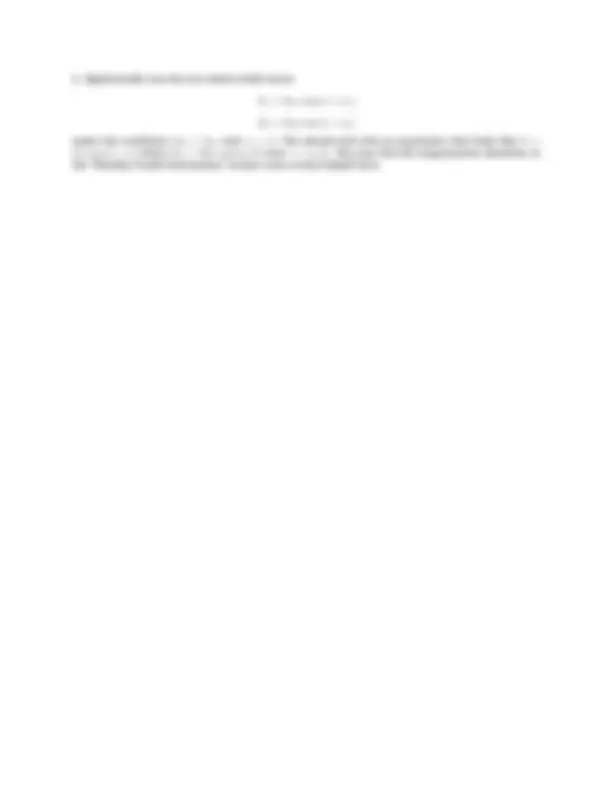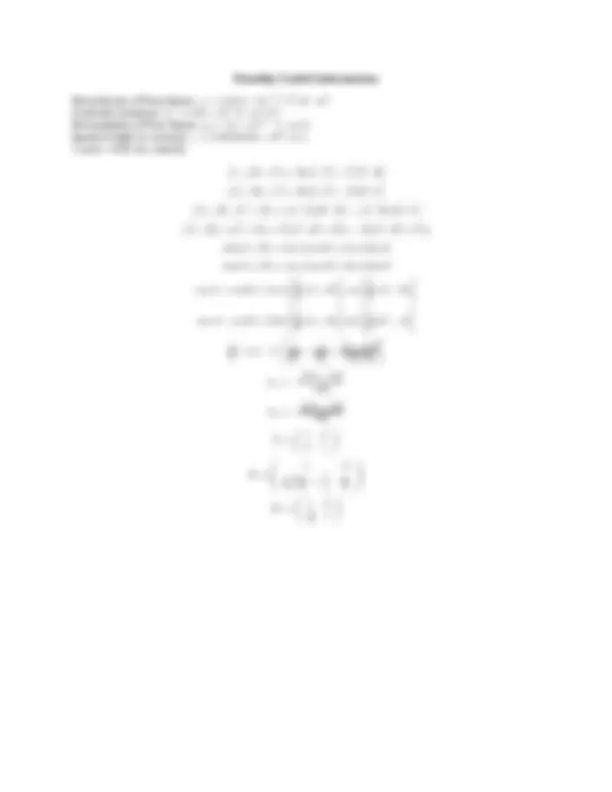





Study with the several resources on Docsity

Earn points by helping other students or get them with a premium plan


Prepare for your exams
Study with the several resources on Docsity

Earn points to download
Earn points by helping other students or get them with a premium plan
Community
Ask the community for help and clear up your study doubts
Discover the best universities in your country according to Docsity users
Free resources
Download our free guides on studying techniques, anxiety management strategies, and thesis advice from Docsity tutors
This is the Past Paper of Optics and Modern Physics which includes Concave Lens, Radii of Curvature, Location of Image, Permittivity of Free Space, Coulomb Constant etc. Key important points are: Double Convex Lens, Expression for Thickness, Focal Length, Dispersion Relation, Group Velocity, Phase Velocity, Electric Field Waves, Trigonometric Identities, Center of Spherical Lens
Typology: Exams
1 / 5

This page cannot be seen from the preview
Don't miss anything!




St. Vincent College
PH 241: Optics
2 , where a is a constant, show that the group velocity vg is twice
the phase velocity vp, or vg = 2vp. (Hint: Work out both first, then show ...)
and describe the image.
Possibly Useful Information
Permittivity of Free Space: ǫ 0 = 8. 854 × 10
− 12 C
2 /N · m
2
Coulomb Constant: ke = 8. 99 × 10
9 N · m
2 /C
2
Permeability of Free Space: μ 0 = 4π × 10
− 7 T · m/A
Speed of light in vacuum: c = 2. 99792458 × 10
8 m/s
1 inch = 2.54 cm, exactly.
sin(A ± B) = sin A cos B ± cos A sin B
cos(A ± B) = cos A cos B ∓ sin A sin B
cos A + cos B = 2 cos
cos
cos A − cos B = 2 sin
sin
f
= (n − 1)
1
2
(n − 1)d
nR 1
2
h 1
f (n − 1)d
nR 2
h 2 = −
f (n − 1)d
nR 1
1
R
n 1
n 2
n 1
n 2
2
R